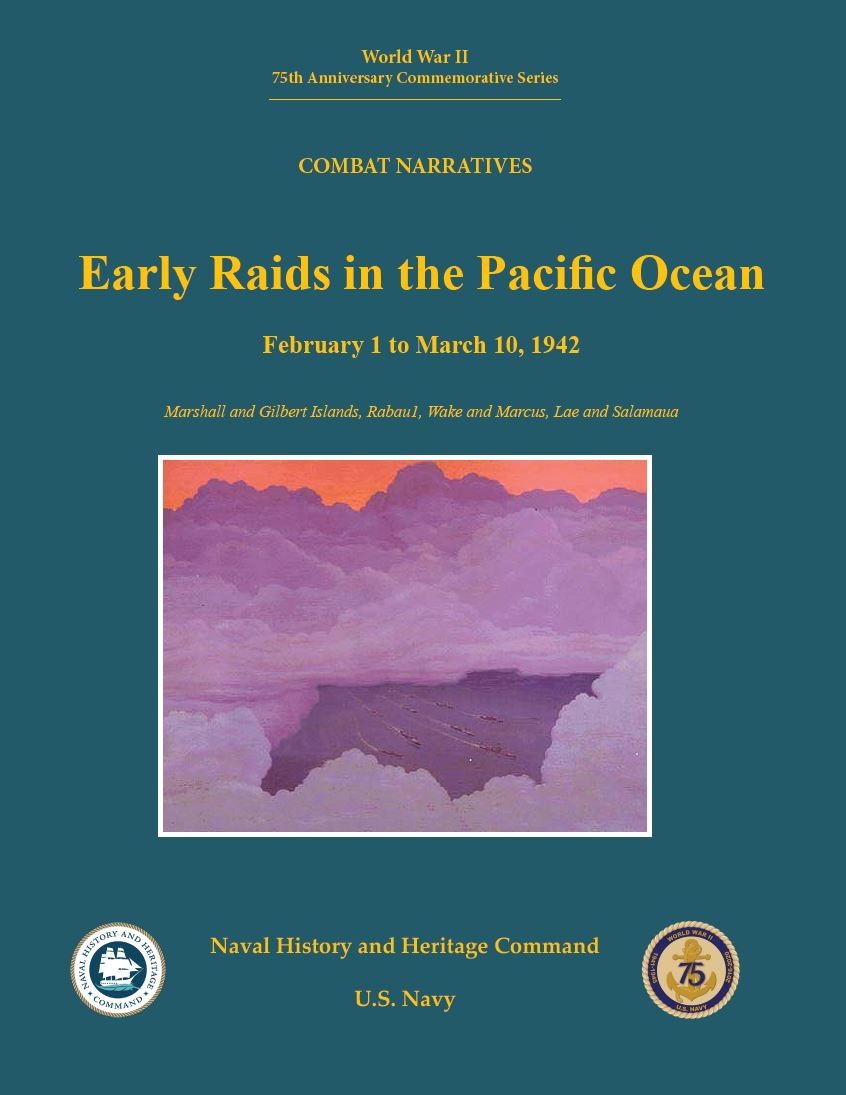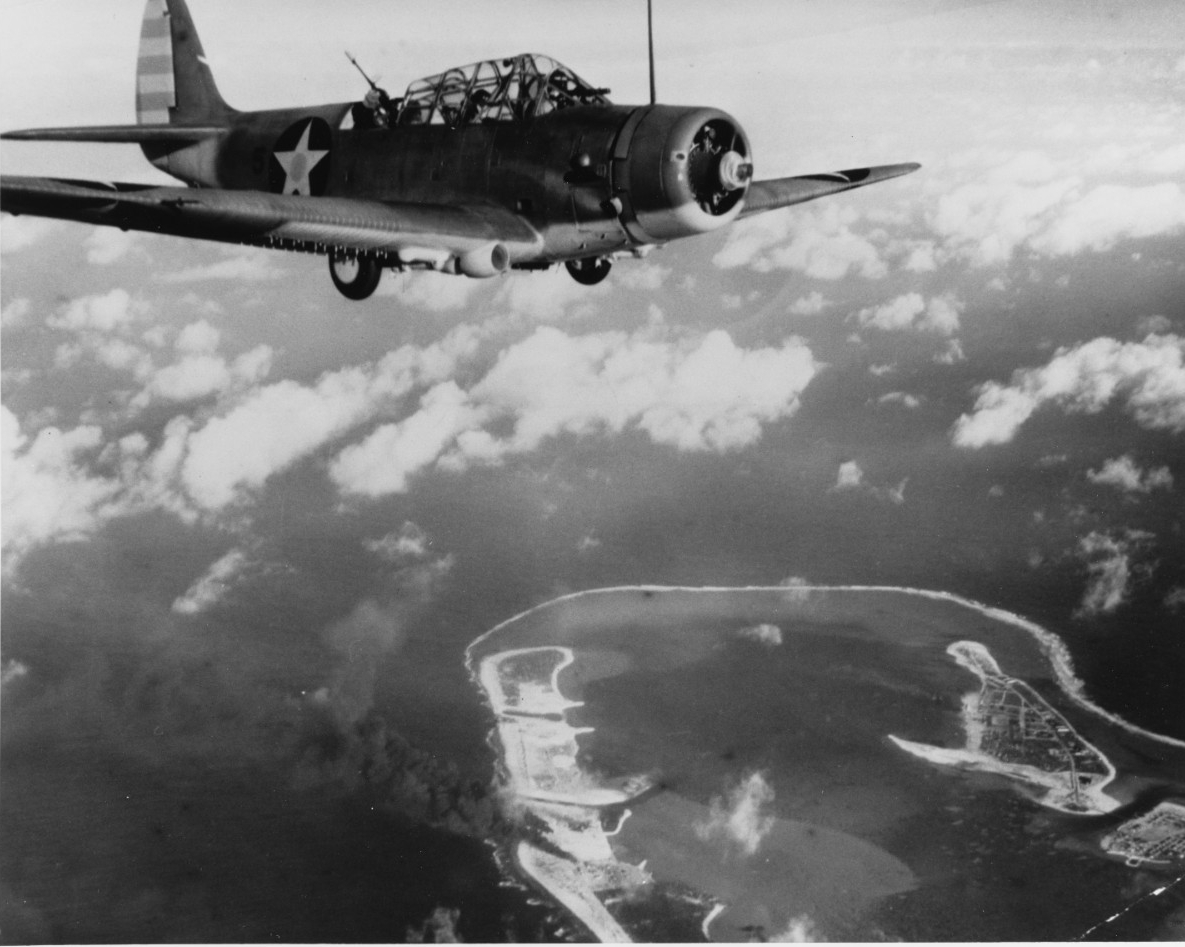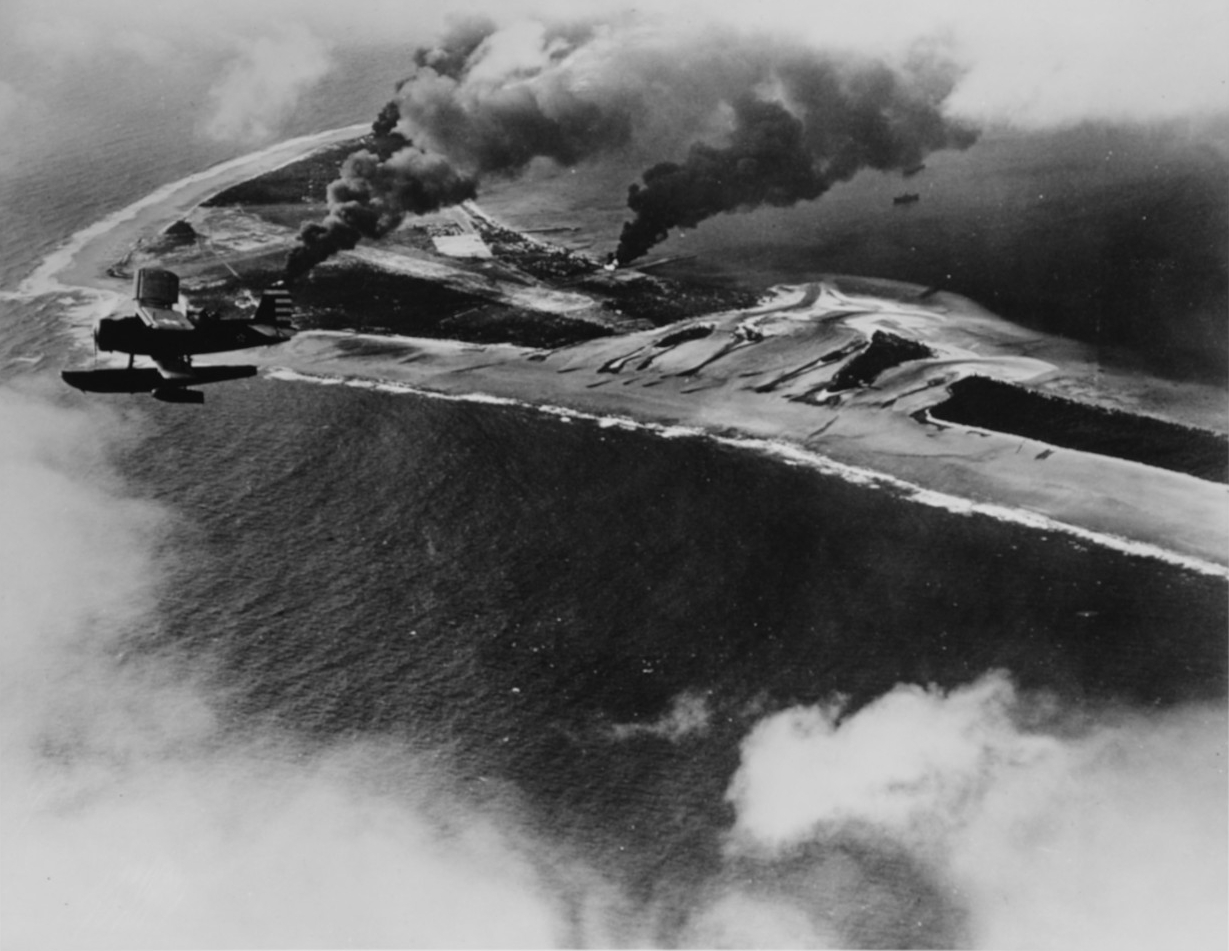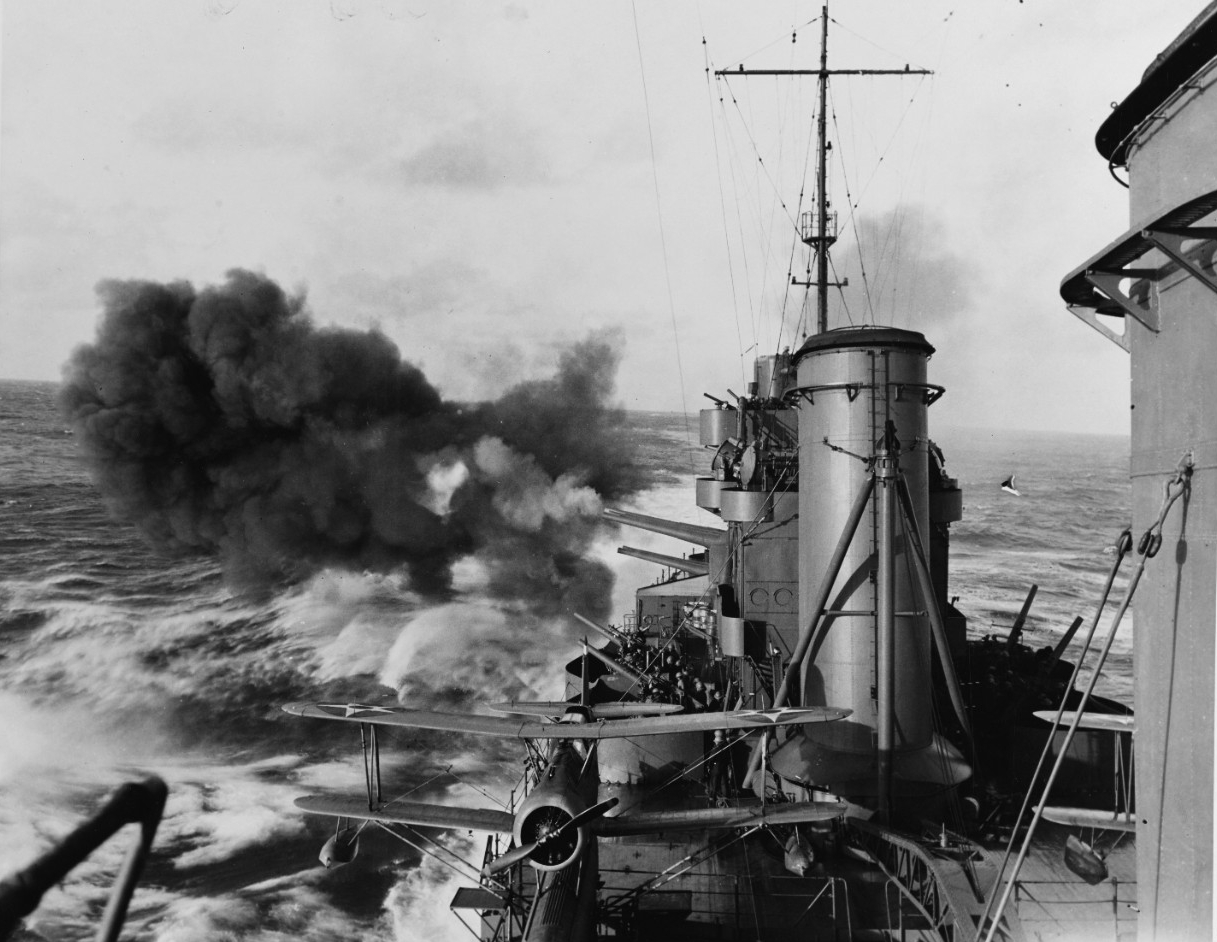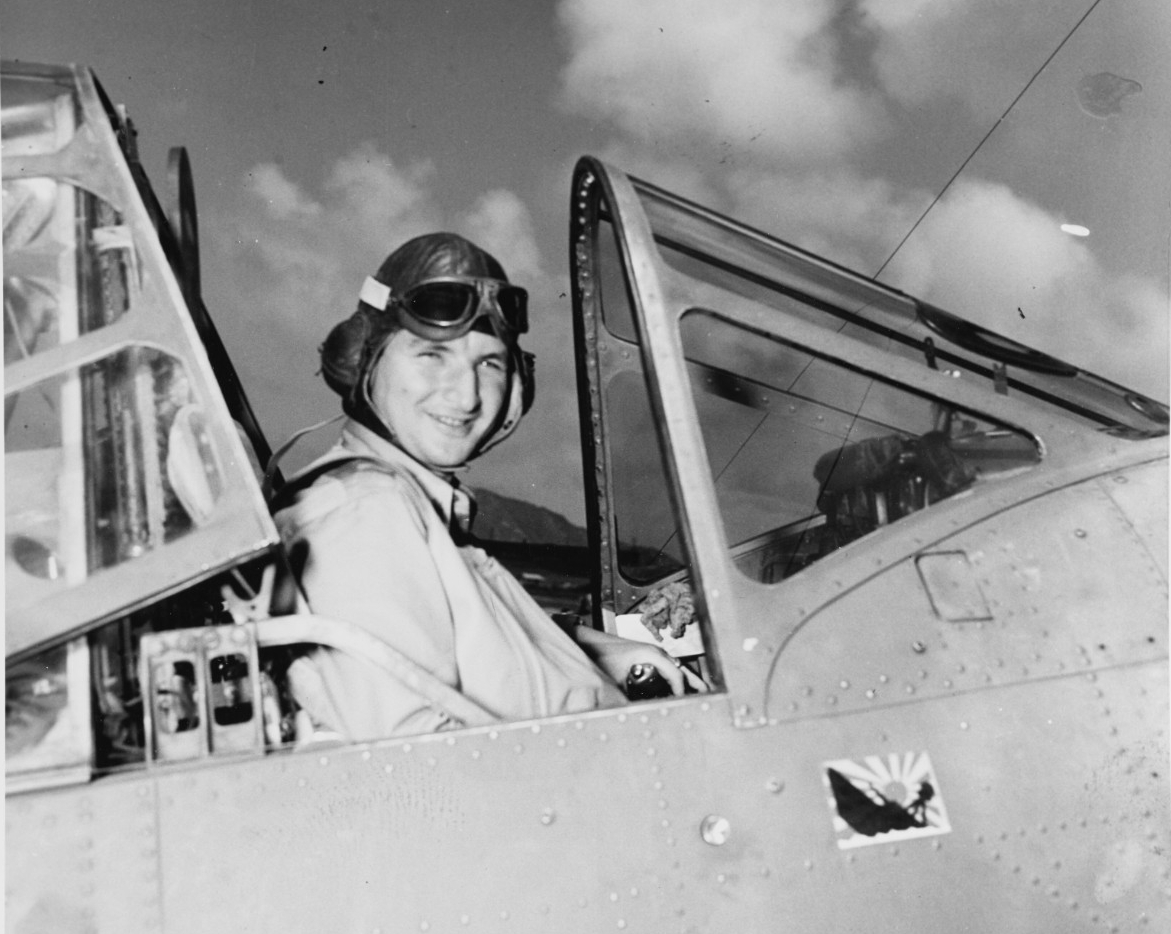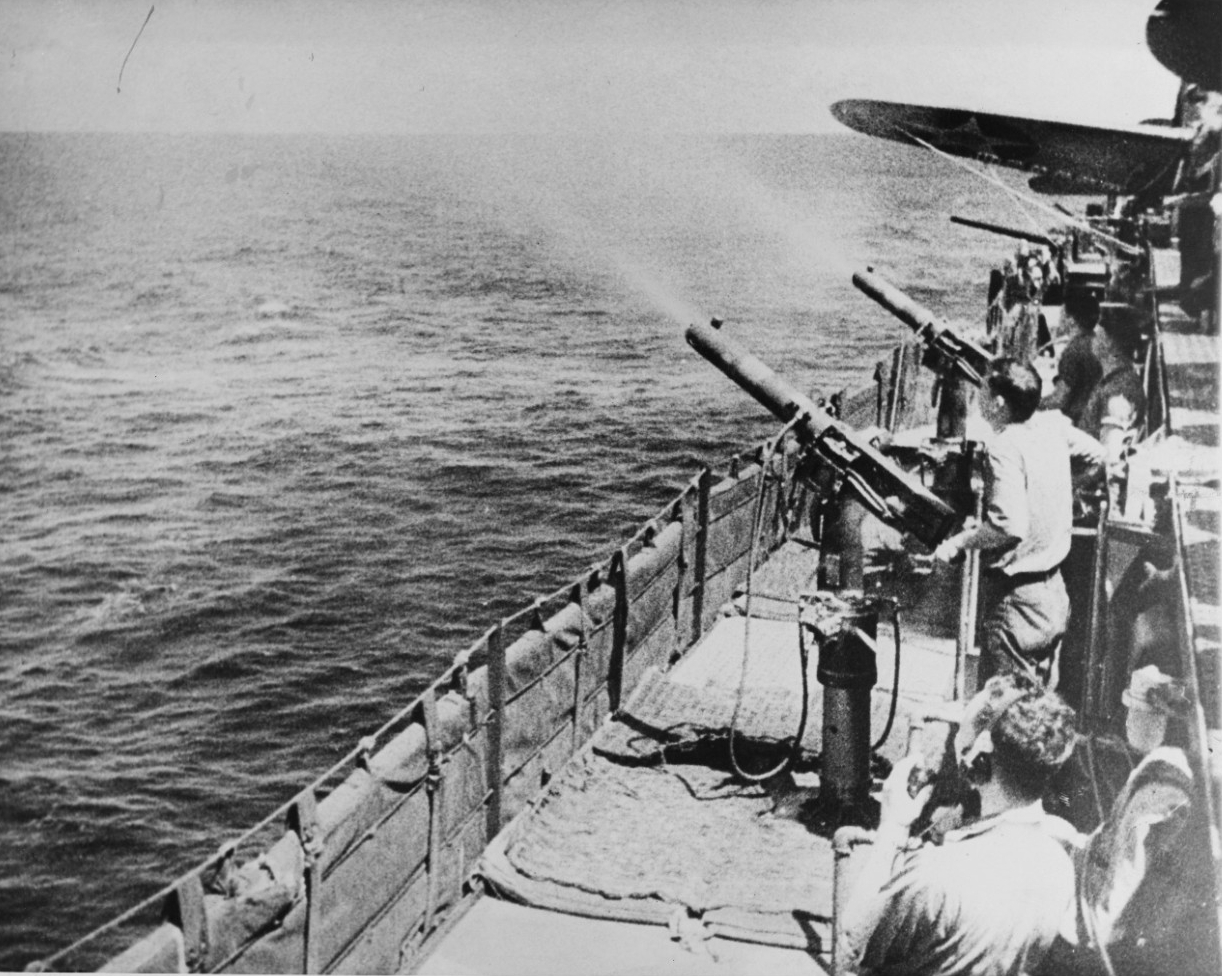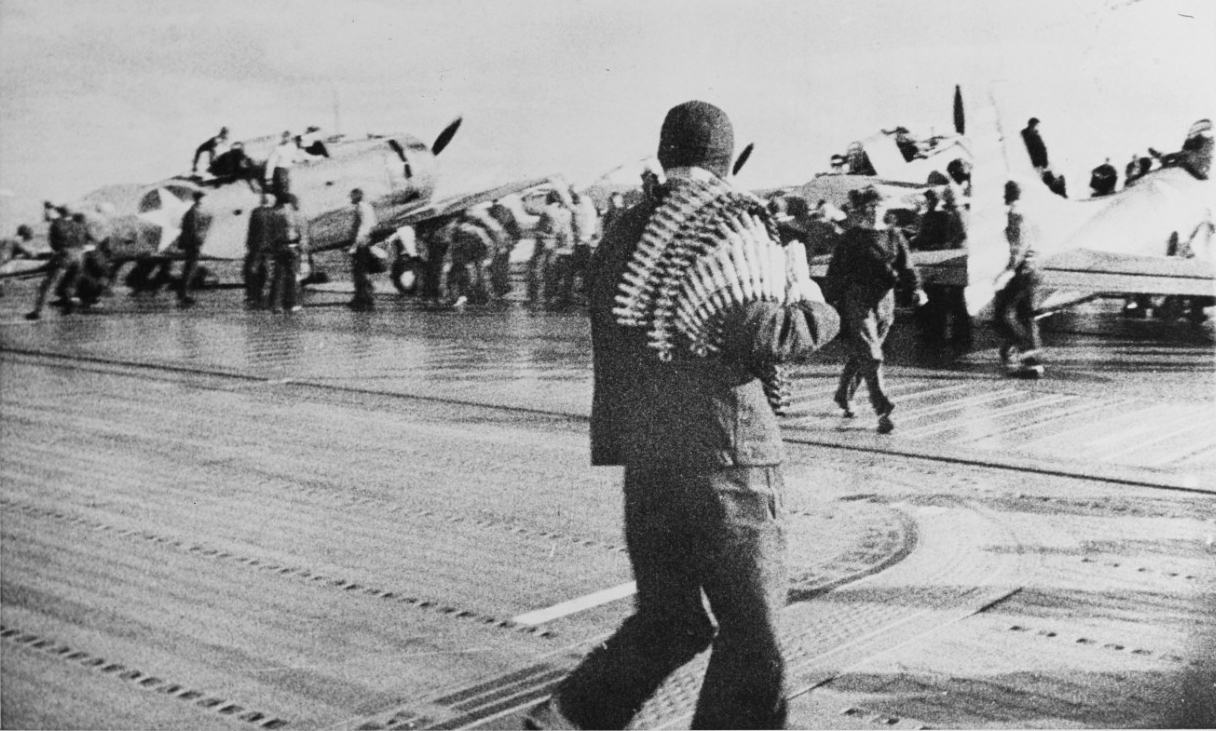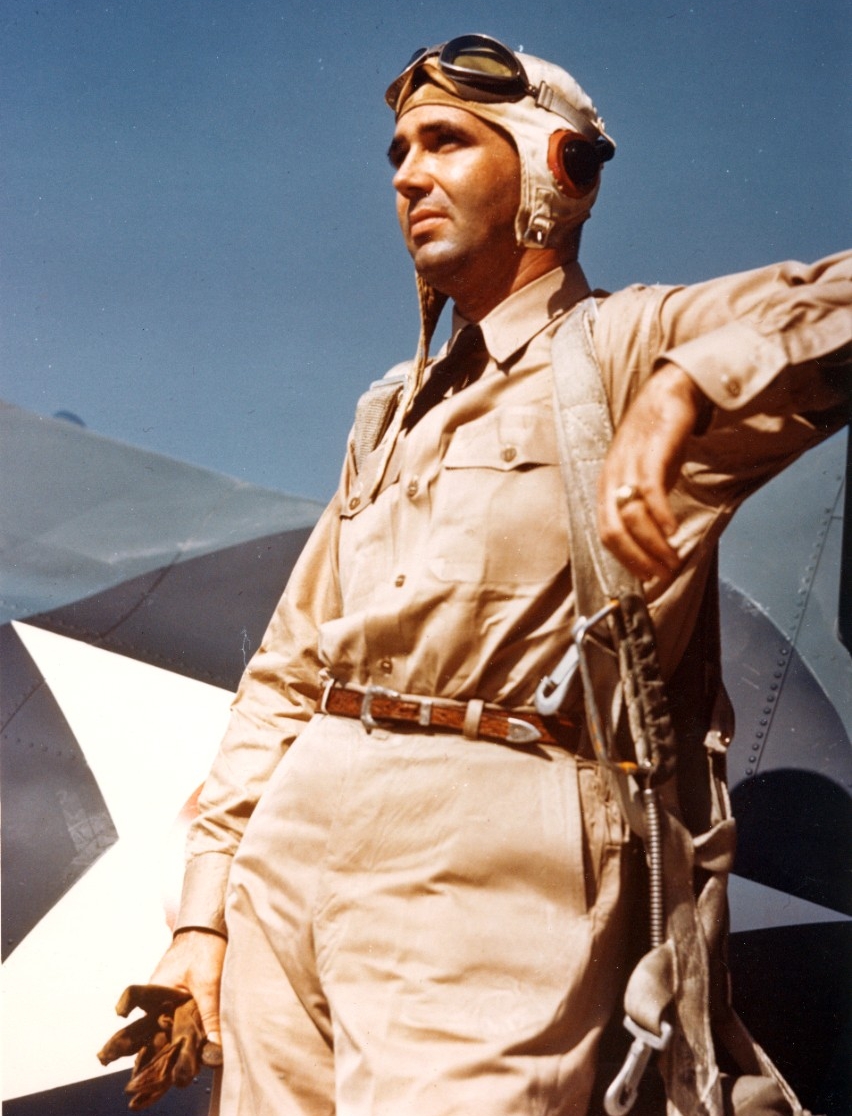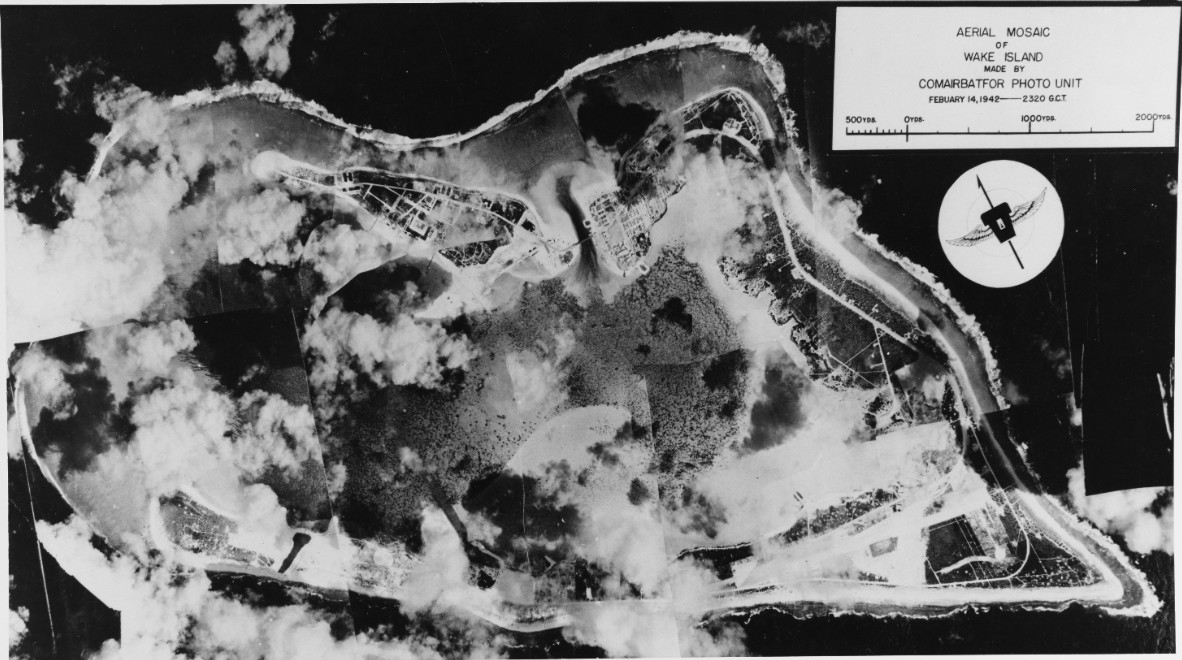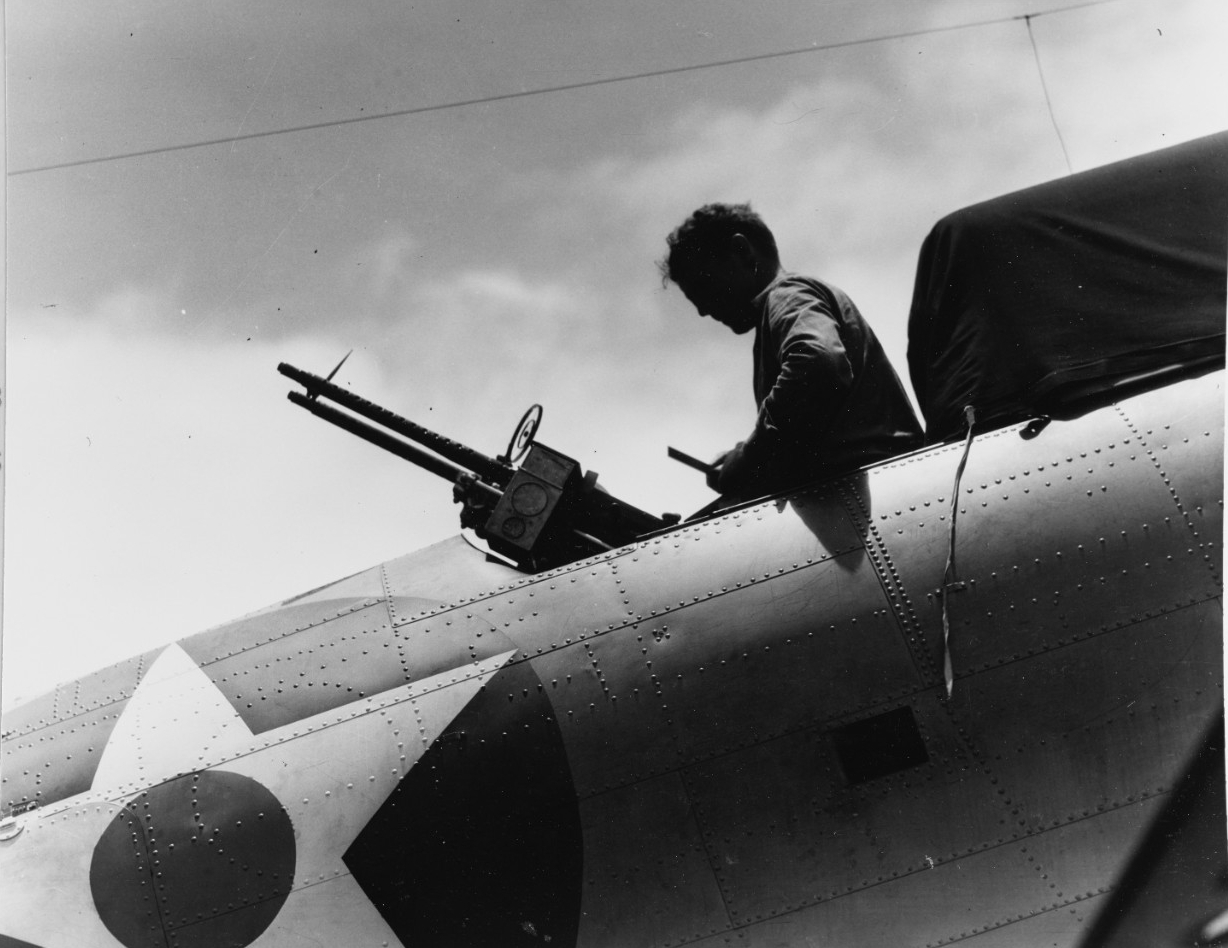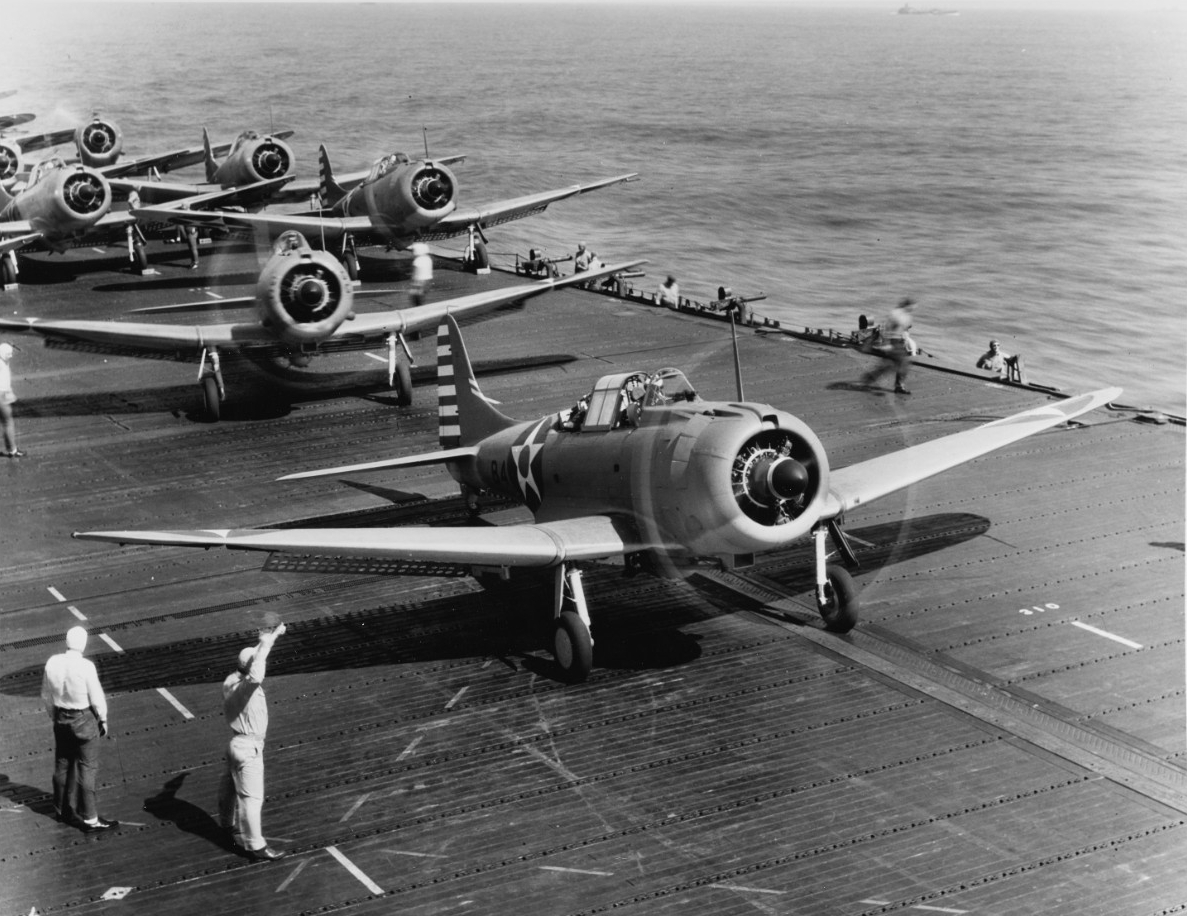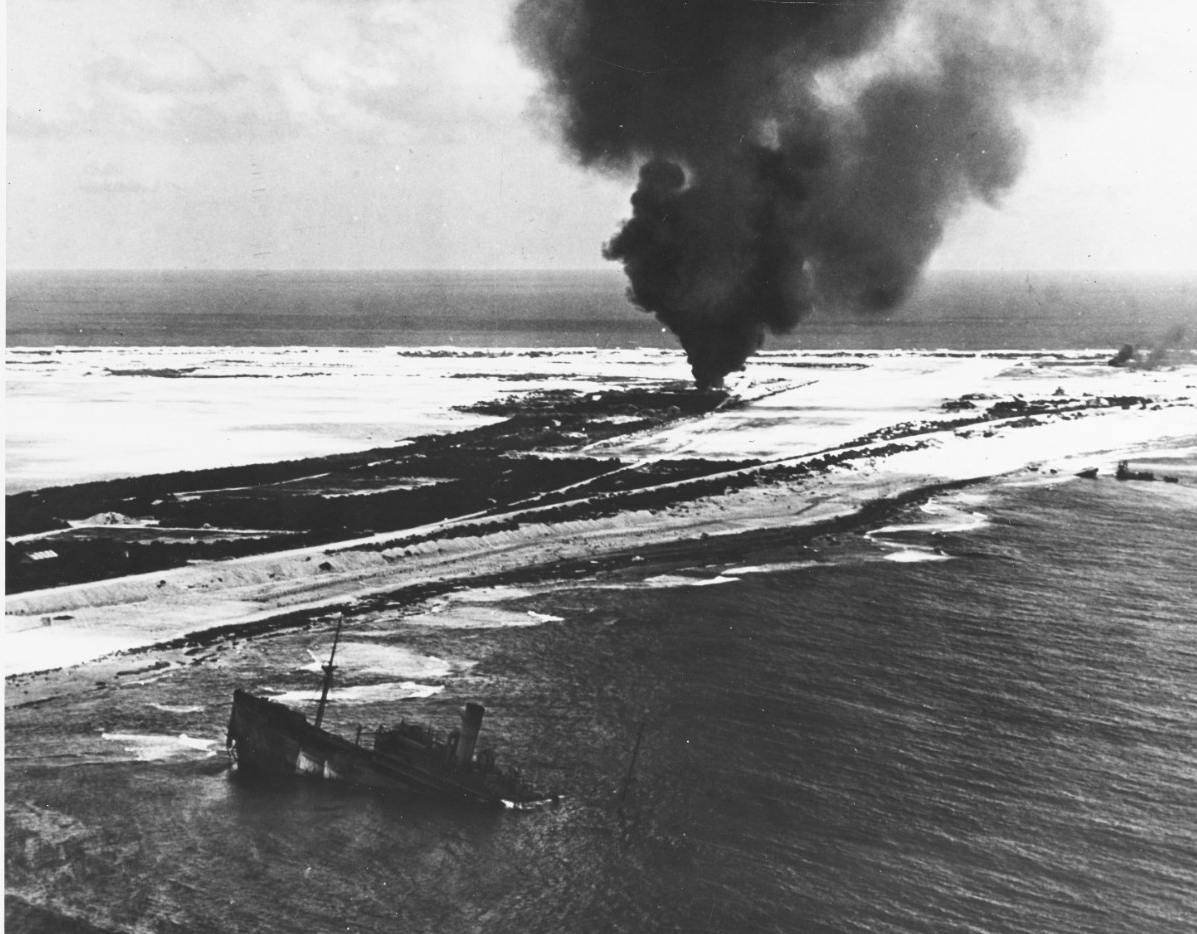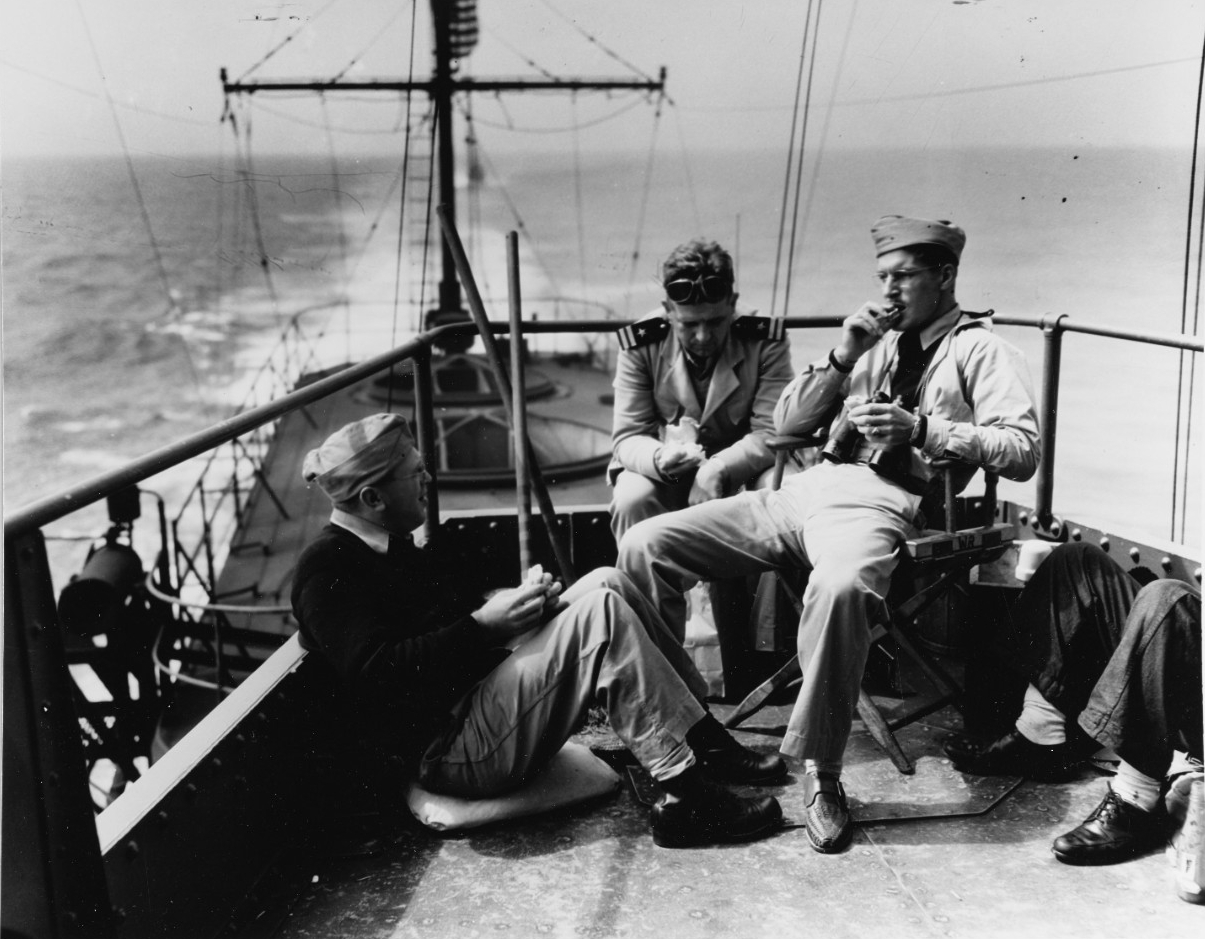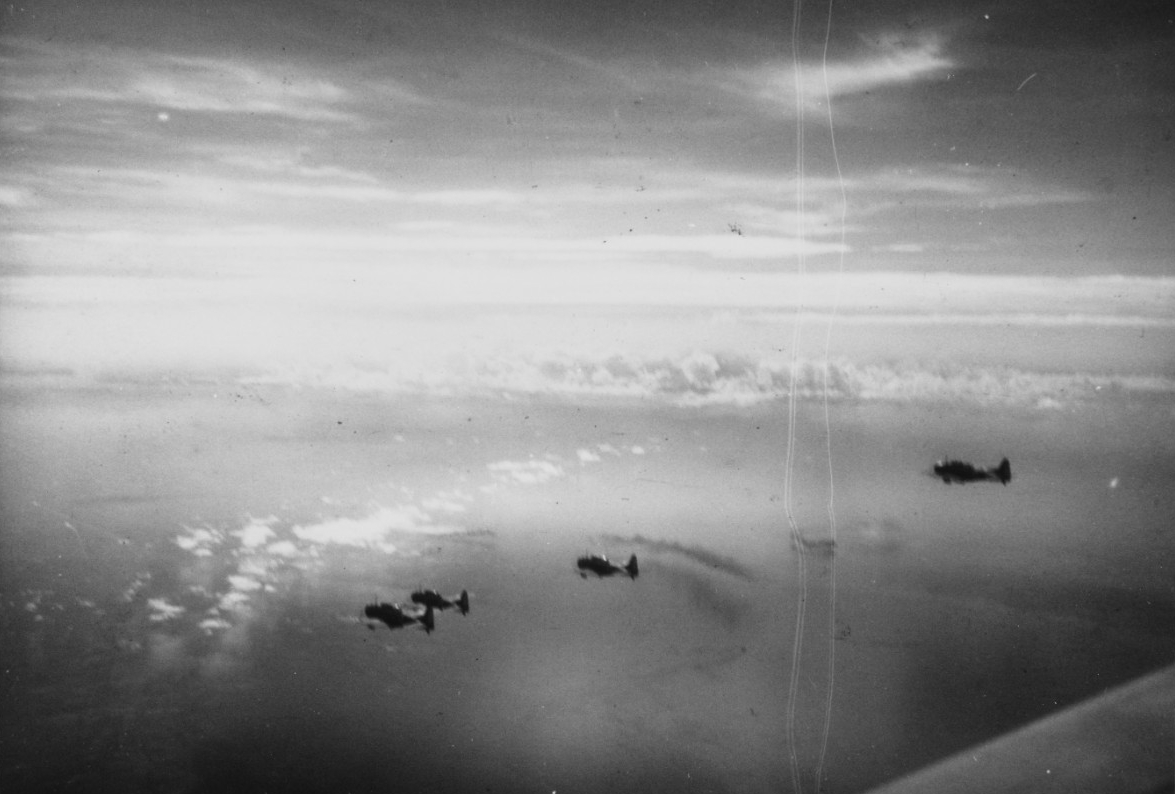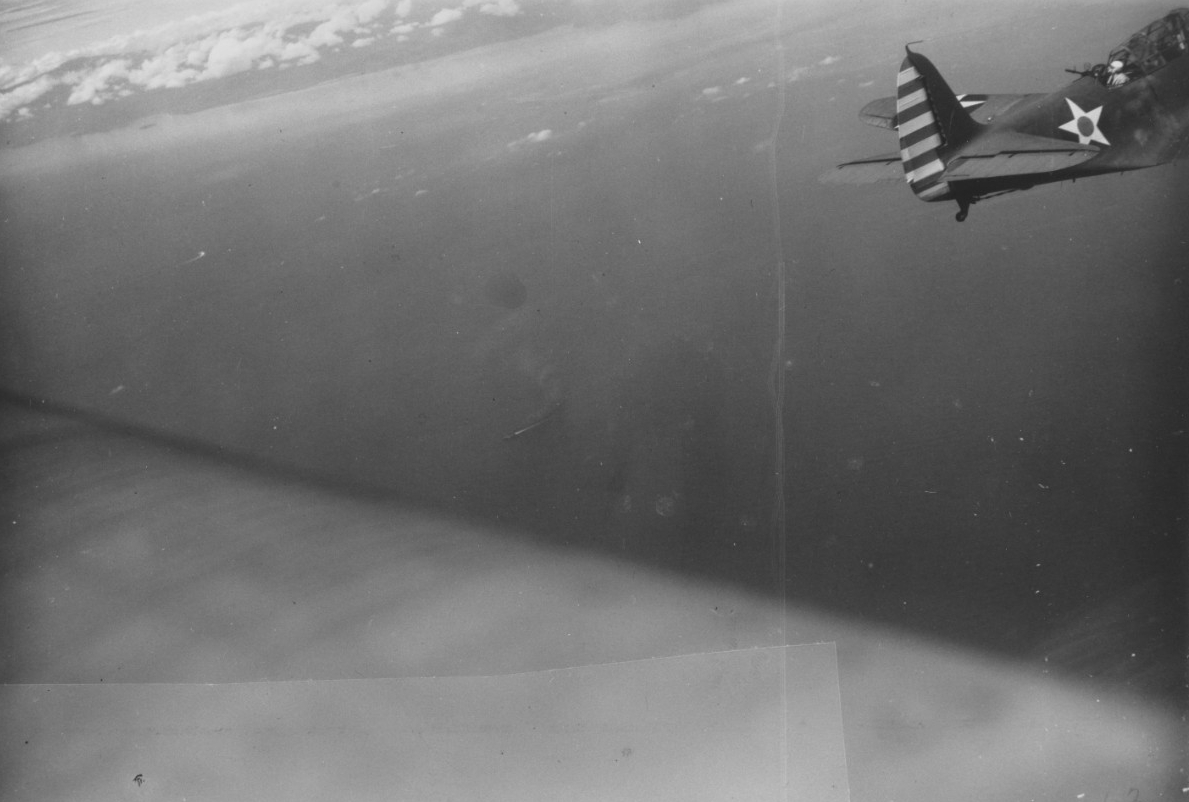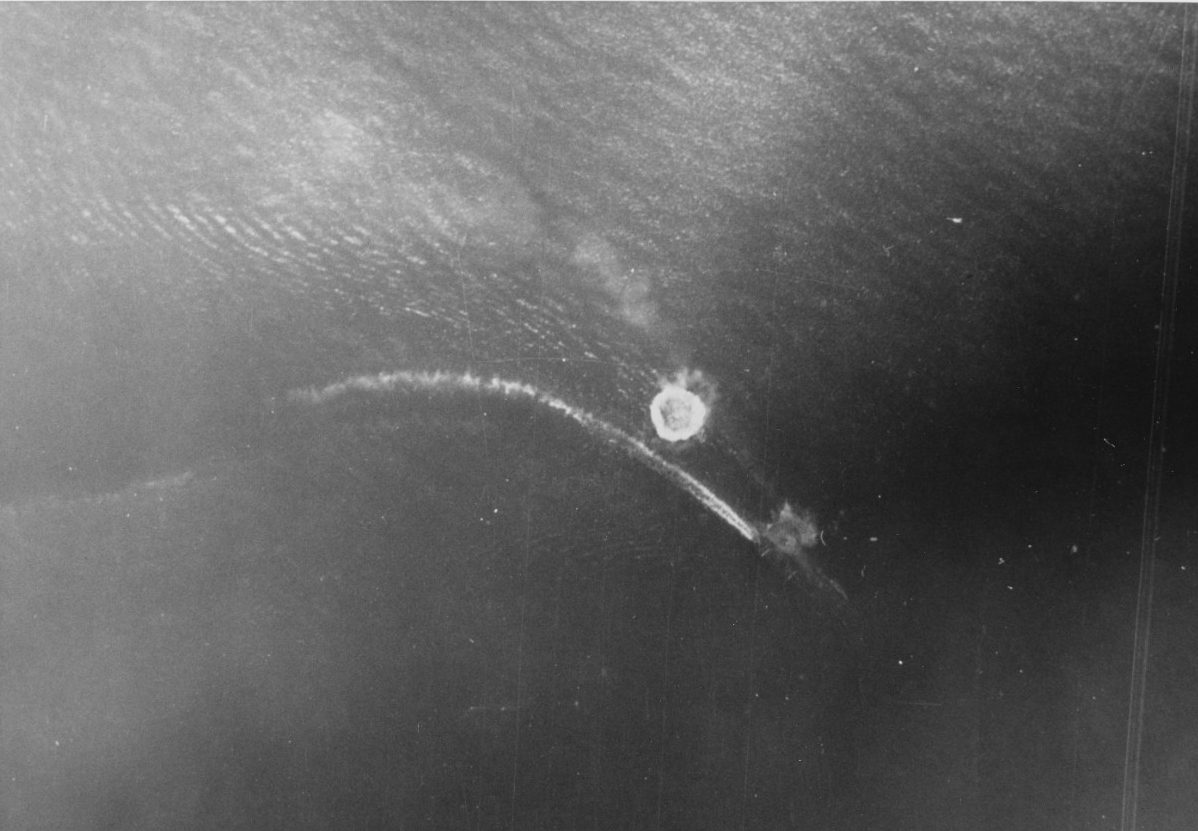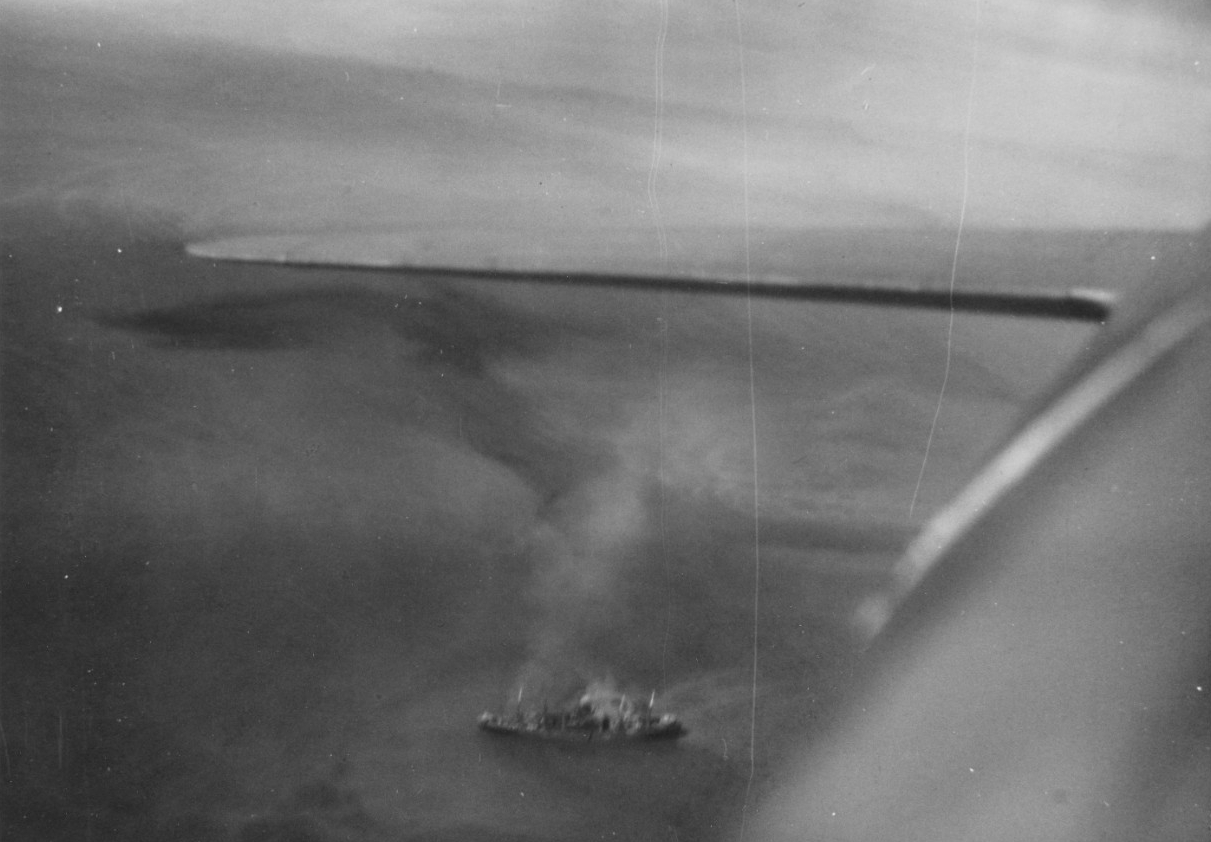Early Naval Raids
February–March 1942
With the U.S. battle fleet still recovering from the damage of the Pearl Harbor attack, it was left to the “supporting” fleet to take the fight to the enemy. Not one battlewagon engaged in any of these early Pacific raids, which were combination carrier attacks and bombardments. Carriers began to show their beyond-the-horizon capabilities and cruisers provided the biggest guns. Through the course of these actions, the United States was on the attack for the first time in the war. While the victories were not momentous and the losses were light, the raids represent the first steps of the rise of the carrier as the new “ship of the line.”
The Office of Naval Intelligence (ONI) disseminated a narrative and evaluation of the early 1942 raids in January 1943. This formerly classified publication is available in the Navy Department Library Online Reading Room. The Naval History and Heritage Command republished the comabt narrative in 2017 in observance of the 75th anniversary of World War II. Click the cover image at right to download the PDF.
U.S. Navy air and shore-bombardment attacks against Japanese-occupied territory began less than two months after Pearl Harbor. On 1 February 1942, the air groups of USS Enterprise (CV-6) and USS Yorktown (CV-10), as well as two surface groups, attacked targets in the Marshall and Gilbert Islands.
On 20 February, Task Force Baker, comprised of USS Lexington (CV-2), four heavy cruisers, and ten destroyers, attacked Rabaul, the strong Japanese forward operating base in New Britain. The strike’s objective was to disrupt the concentration of Japanese forces for invasions of New Caledonia and the New Hebrides. Targets were hit by shore bombardment and naval air attacks in conjunction with attacks by U.S. Army Air Corps heavy bombers based in Australia.
In an effort to strike enemy forces in the direction of Japan’s home islands, plans to attack Wake Island and Eniwetok in the northern Marshalls in late February had been drawn up. On 24 February, Task Force How, which was divided into the Enterprise and Yorktown strike groups, hit Wake with air strikes and surface bombardment. In the meantime, Marcus Island, an isolated Japanese central Pacific possession, had been substituted for Eniwetok, and was subjected to naval air attacks on 4 March.
In order to check the Japanese advances in New Guinea–New Britain and to cover the movements of seaborne U.S. reinforcements into the area of operations, Japanese bases at Lae and Salamaua, both in New Guinea, were attacked on 10 March. The air raids met little resistance and also marked the first time that two U.S. Navy carrier battle groups (Lexington and Yorktown) operated on a coordinated operation.
The modest scope of these early raids was to form the template for coordinated and steadily escalating naval air and surface raids on enemy territory throughout the remainder of the war. By 1945, even the Japanese home islands were being subjected regularly to naval air raids and shore bombardment.
Sources
Robert J. Cressman, The Official Chronology of the U.S. Navy in World War II. Annapolis, MD/Washington, DC: Naval Institute Press/Naval Historical Center, 1999.
Samuel Eliot Morison, History of United States Naval Operations in World War II, Vol. III—The Rising Sun in the Pacific, 1931–April 1942. Boston: Little, Brown and Company, 1950.

